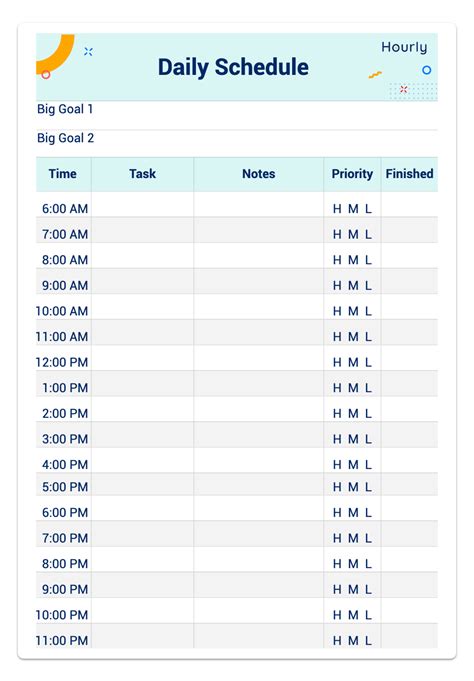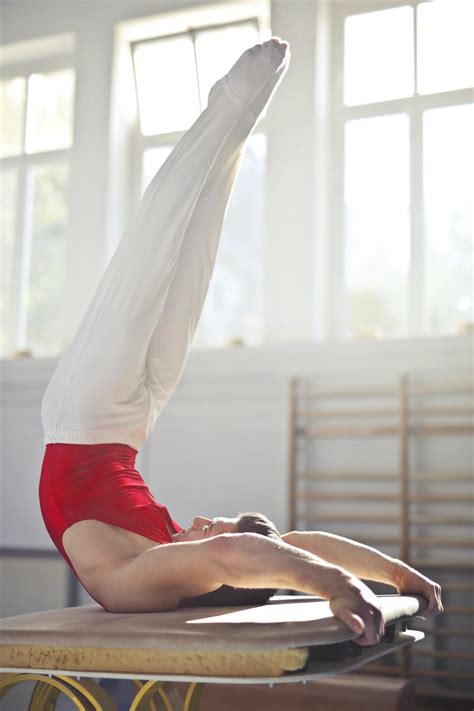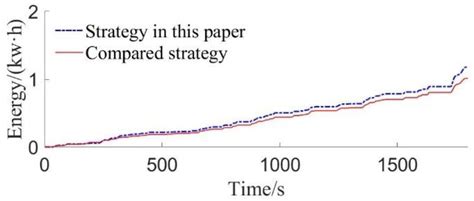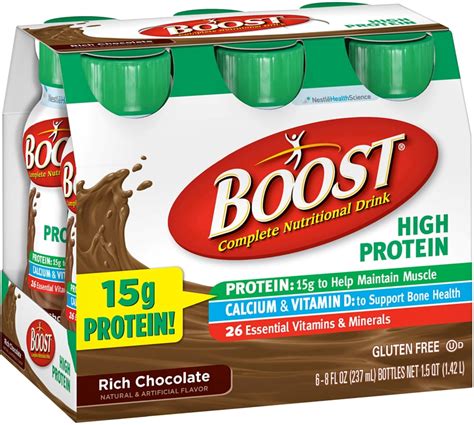Beyond reps: How to maximize gym time for functional strength & peak performance?

In an era where fitness goals often revolve around aesthetics or simply ‘doing reps,’ many gym-goers miss the profound benefits of training for functional strength and peak performance. True fitness isn’t just about how much you can lift or how many reps you complete; it’s about how effectively your body moves, performs, and adapts in real-world scenarios. This article delves into strategies for maximizing your gym time, shifting focus from mere muscle building to cultivating a body that’s strong, agile, and resilient.
Understanding Functional Strength
Functional strength refers to the ability to perform everyday activities and sport-specific movements with ease and efficiency. It trains your muscles to work together, rather than in isolation, mimicking natural movement patterns. This approach strengthens your core, improves balance, enhances flexibility, and ultimately reduces the risk of injury, setting the foundation for true peak performance.

Key Pillars of Maximizing Gym Time
1. Prioritize Compound, Multi-Joint Movements
Forget the isolation machines for a moment. The bedrock of functional strength lies in exercises that engage multiple muscle groups and joints simultaneously. Think squats, deadlifts, overhead presses, rows, and lunges. These movements not only build more overall strength but also improve coordination and mimic real-life actions far better than single-joint exercises.
2. Integrate Unilateral Training
Most of our daily activities involve one limb working independently or with greater emphasis than the other (e.g., walking, running, carrying groceries). Unilateral exercises like single-arm rows, single-leg squats, lunges, and step-ups are crucial for correcting muscular imbalances, improving stability, and enhancing core strength.
3. Focus on Movement Quality Over Quantity
The number of reps or the weight lifted pales in comparison to the quality of your movement. Performing exercises with perfect form ensures you’re engaging the correct muscles, minimizing injury risk, and maximizing the efficacy of each rep. Don’t be afraid to lighten the load to perfect your technique.
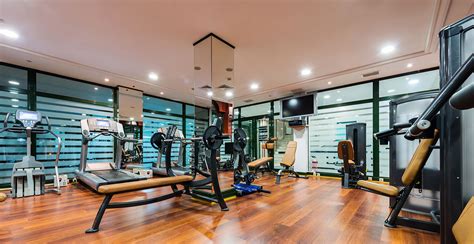
4. Embrace Dynamic Warm-ups and Cool-downs
A proper warm-up isn’t just a formality; it’s an integral part of preparing your body for peak performance. Dynamic stretches (leg swings, arm circles, torso twists) increase blood flow, improve range of motion, and activate key muscle groups. Similarly, a cool-down with static stretches aids recovery and maintains flexibility.
Advanced Strategies for Peak Performance
1. Incorporate Plyometrics and Agility Training
Once a solid strength base is established, plyometric exercises (box jumps, broad jumps) and agility drills (cone drills, ladder drills) can dramatically improve power, speed, and reaction time. These explosive movements train your muscles to generate force quickly, a cornerstone of athletic performance.

2. Strengthen Your Core in 3D
The core is more than just your abs; it encompasses all the muscles that stabilize your spine and pelvis. Train your core not just with crunches, but with anti-rotation exercises (Pallof presses), anti-extension exercises (planks), and anti-lateral flexion exercises (side planks, farmer’s carries) to build a truly robust midsection.
3. Periodize Your Training
To avoid plateaus and ensure continuous progress, structure your training into cycles (periodization). This involves varying the intensity, volume, and type of exercises over specific periods to challenge your body in new ways, allowing for adaptation and recovery.
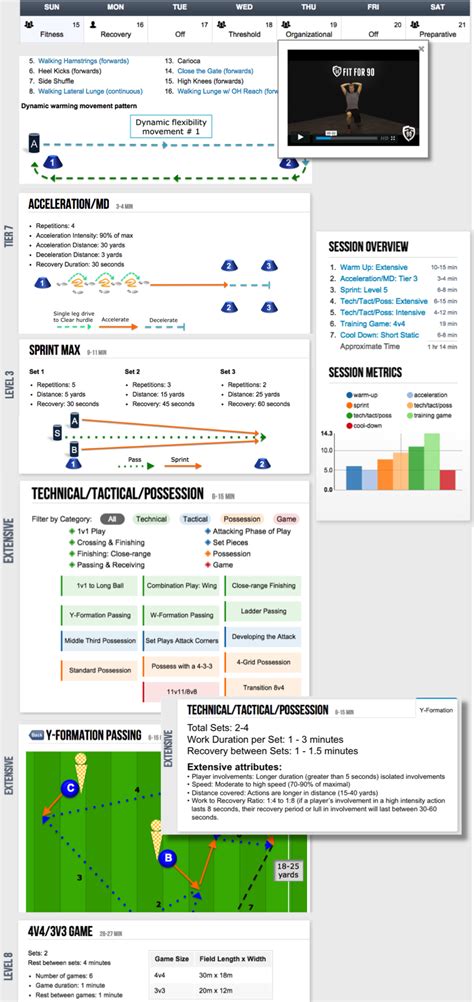
4. Prioritize Recovery and Nutrition
Your performance in the gym is only as good as your recovery outside of it. Adequate sleep, proper hydration, and a nutrient-dense diet rich in protein, healthy fats, and complex carbohydrates are non-negotiable for muscle repair, energy replenishment, and overall well-being. Consider active recovery days with light activity to aid blood flow and reduce soreness.

The Mindset Shift
Maximizing gym time for functional strength and peak performance also requires a shift in mindset. View your body as an integrated system, not a collection of individual muscles. Focus on how exercises translate to real-world movement and athletic capabilities. Be patient, consistent, and always listen to your body.
Conclusion
Moving beyond mere reps and sets to embrace a holistic approach to training can revolutionize your fitness journey. By focusing on functional movements, prioritizing quality, integrating dynamic elements, and respecting the critical role of recovery and nutrition, you can truly maximize your gym time. The result won’t just be a stronger body, but one that moves with greater efficiency, resilience, and an unwavering capacity for peak performance in all aspects of life.
